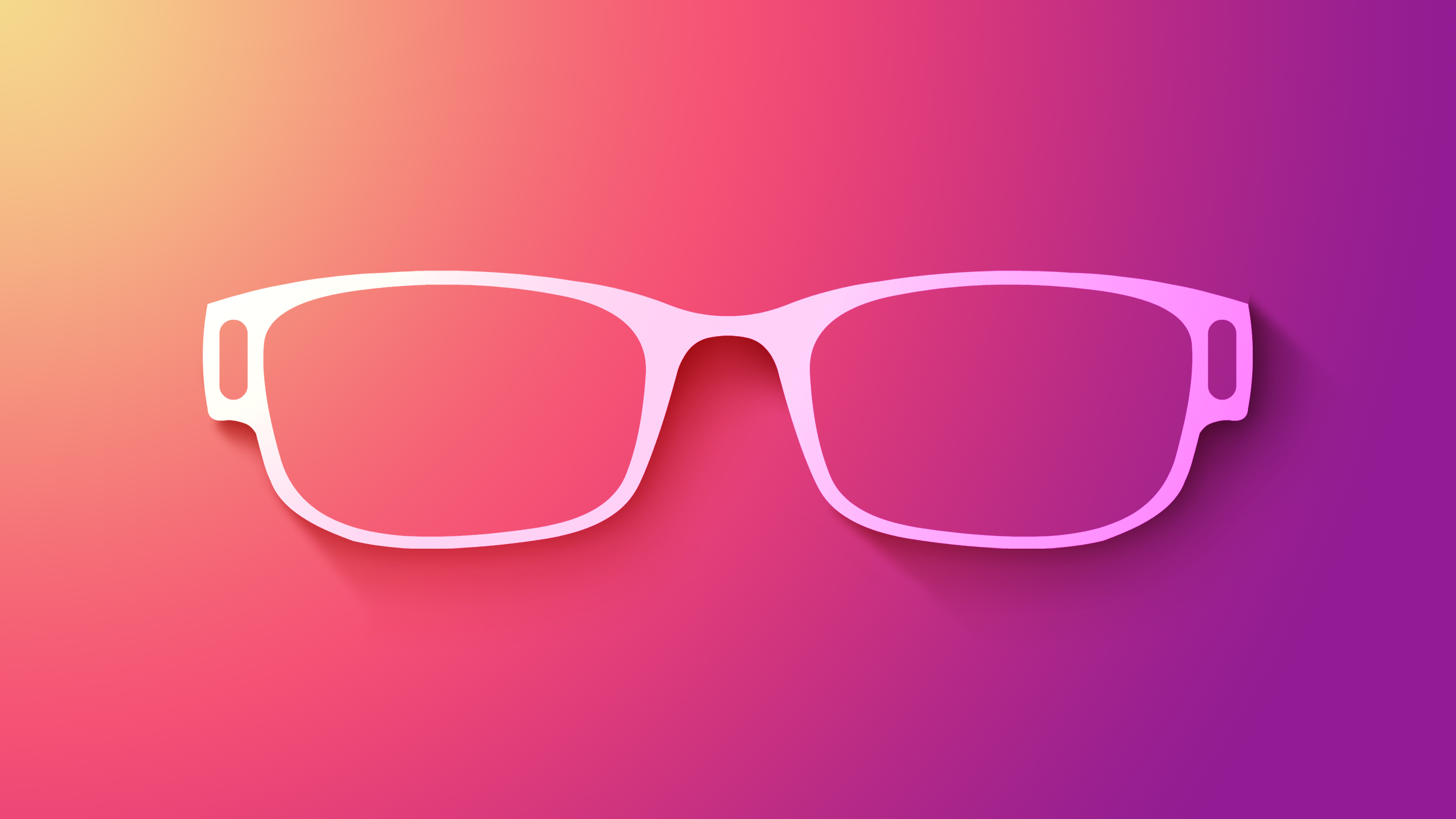
Apple analyst Ming-Chi Kuo has shared a detailed roadmap of the company's Vision and smart glasses plans until the end of the decade.

Apple apparently has at least seven projects in development, including three "Vision" devices and four smart glasses products. Kuo says that five of these products have "confirmed" development timelines, while two remain to be confirmed. Here's what to expect:
2025
- Apple Vision Pro (M5): A refreshed first-generation Vision Pro. Featuring the M5 chip with no other changes, the new device will not be considered to be a "second generation" model. Mass production is scheduled for the third quarter of 2025 and Apple is expecting to ship 150,000–200,000 units this year. It will likely remain a niche product. The second generation model is simply designed to maintain market presence and support ecosystem development, as well as reduce inventory of excess components in the supply chain.
2026
- No new Vision or smart glasses products to be released.
2027
- Apple Smart Glasses: Similar to Meta Ray-Bans, Apple's first smart glasses product will offer multiple frame and temple material options for a more personalized look. It will feature voice control and gesture recognition, but there will be no display. Key features include audio playback, photography and videography, and AI-powered environmental awareness. Some users will use the smart glasses to replace their AirPods or iPhone camera in certain situations. Mass production is scheduled for the second quarter of 2027, with Apple expecting shipments of three to five million units in the launch year. It will likely be the first Vision or glasses product to achieve significant sales volume.
- Apple Vision Air: Featuring all-new design that is "substantially lighter," with over 40% weight reduction compared to the Vision Pro. This weight reduction will be achieved by replacing glass with plastic, using magnesium alloy, and reducing the number of sensors on the device. It will contain Apple's latest flagship iPhone processor of the time, rather than an M-series chip. It will come at a "significantly lower price point" than the Vision Pro. Mass production is scheduled for the third quarter of 2027.
2028
- Apple Vision Pro (second generation): Apple's true second generation Vision Pro headset will debut an entirely new design with a significantly reduced weight. It will feature a powerful, Mac-grade processor and a lower price point. Mass production is projected to begin in the second half of 2028.
- Apple XR Glasses: While the product will feature voice control and gesture recognition like the company's first smart glasses, this more advanced version will add a color Liquid Crystal on Silicon (LCoS) display with waveguide optics. AI will apparently be critical to the device's success. Mass production is scheduled for the second half of 2028. Several other brands are expected to release similar products before Apple to establish early market presence, but due to the nature of this category of devices as early technology, these products will probably remain niche offerings over their first few years of existence.
2029 and Later
- Apple XR Glasses (second generation or variant): A different version of Apple's XR glasses introduced in 2028, with a later production timeline. Little is known about this device at present.
- Display Accessory (development paused): An all-new kind of device that uses a tethered connection to display content from Apple devices like iPhones and Macs. It features display technology from Birdbath optics with electrochromic dimming. The device was originally scheduled to enter mass production in the second quarter of 2026, but its development was paused in the fourth quarter of 2024 because Apple questioned its competitive advantage over other existing products. Apple's version had a weight of 120–130 grams, versus a sub-100 gram weight of competitors. Apple is currently reviewing the product for "repositioning and specification refinement," and a project restart is possible.
Kuo believes that Apple has considerable competitive advantages in its plan to offer a range of Vision and smart glasses products, due to its robust hardware development capabilities and unique ecosystem integration. The main challenge facing the company remains AI-powered features and software. See Kuo's full report for more information.
Article Link: Report Reveals Apple's Secretive Vision Products Roadmap

